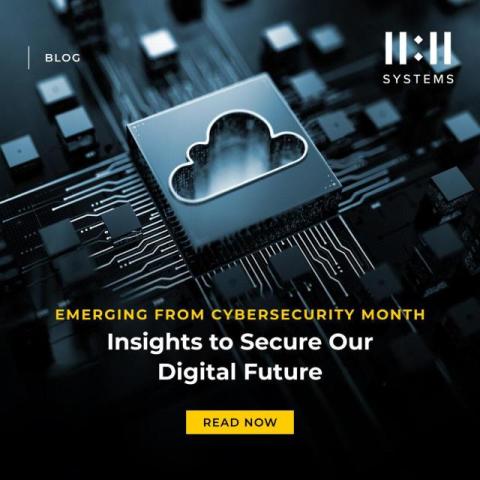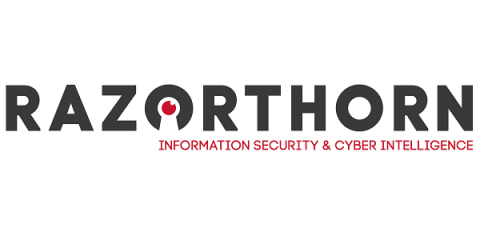How to Integrate FIM with SOAR Platforms
File Integrity Monitoring (FIM) is a key intelligence and audit tool in an advanced security portfolio. While it is a logical component to integrate into your Security Orchestration, Automation, and Response (SOAR) tooling, it’s important to consider your approach to ensure you can gain the most benefits from it.











